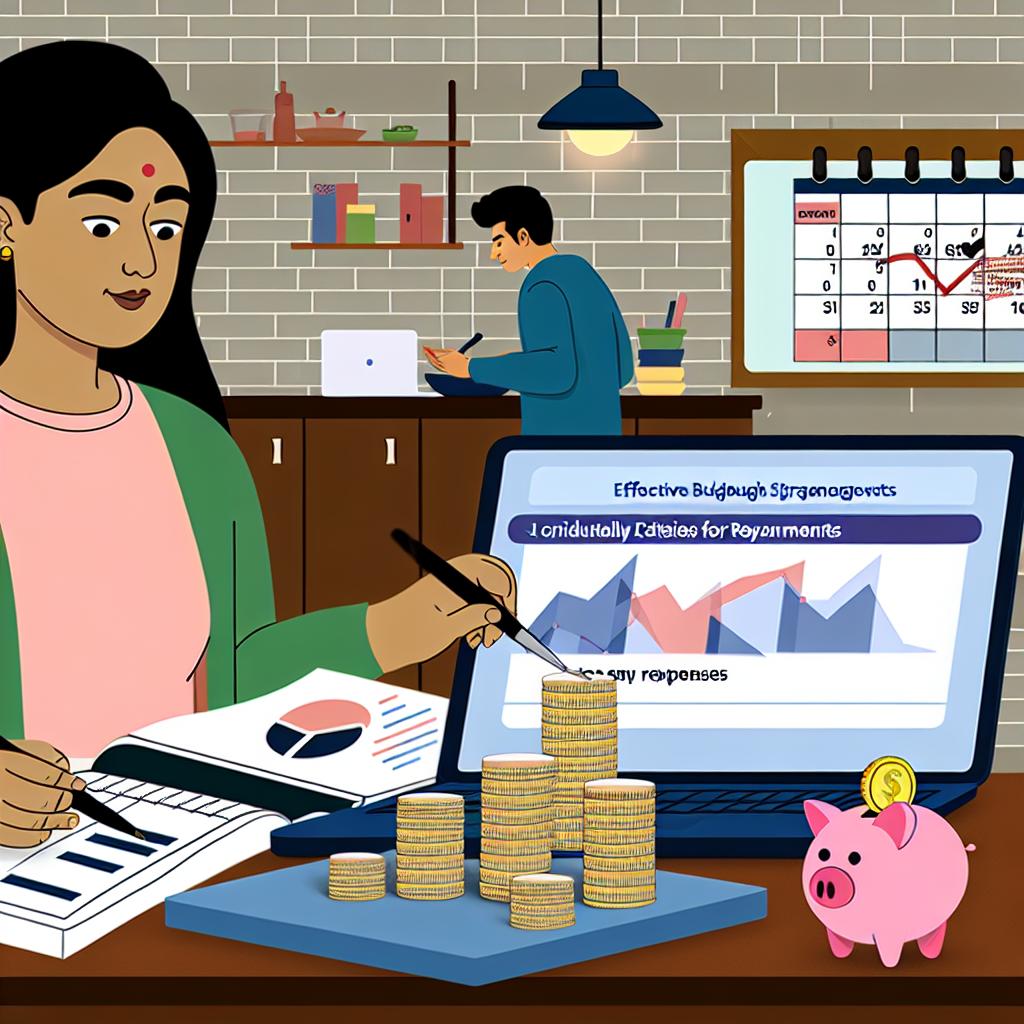
Understanding Your Loan Repayment
Before embarking on the journey of budgeting for loan repayments, acquiring a comprehensive understanding of the loan’s terms and conditions is imperative. This means familiarizing yourself with the interest rate, repayment period, and any accompanying fees that may be applied. A diligent review of your loan agreement is necessary, during which you should pay attention to the critical components outlined therein. This effort lays the foundation for a clear financial strategy designed to address your loan obligations effectively.
Calculate Your Total Loan Repayment
One of the primary steps in budgeting for a loan is determining the total repayment amount over the duration of the loan term. This calculation involves not only the principal amount—the original amount borrowed—but also the interest accrued over time. Utilizing tools like online loan calculators or a simple spreadsheet can aid in determining your monthly payment obligations and the total repayment amount over the loan’s lifespan. Grasping these figures allows you to foresee the financial commitment that the loan imposes, thereby facilitating better planning and avoidance of unpleasant surprises.
Create a Monthly Budget
Crafting a structured and realistic monthly budget is pivotal to managing your finances effectively and ensuring the timely repayment of loans. The process begins by listing all forms of income and categorizing monthly expenses into various sectors. Essential categories typically encompass housing, utilities, transportation, food, and debt repayments. It’s crucial to allocate a specific amount to each category, with a particular focus on prioritizing loan repayments. This disciplined approach can help you avoid financial pitfalls and ensure that you meet your obligations promptly.
Prioritize Loan Repayments
In the context of creating a budget, loan repayments must be treated as a fixed expense, akin to rent or mortgage payments. By prioritizing these payments, you can prevent the buildup of late fees and additional interest charges, which can accrue significantly over time if payments are missed or delayed. Consequently, ensure that you allocate sufficient funds each month to cover the loan repayment, without sacrificing other essential expenses. This method ensures that your financial health remains stable and your creditworthiness intact.
Establish an Emergency Fund
Building an emergency fund constitutes a critical aspect of sound financial management. An emergency fund acts as a safeguard against unforeseen expenses that might arise, potentially impacting your ability to meet loan obligations. Ideally, an emergency fund should cover three to six months’ worth of living expenses, including loan repayments. By maintaining such a fund, you fortify yourself against potential default scenarios and contribute to greater financial resilience in the face of unexpected life events.
Strategies to Reduce Loan Interest
Mitigating the overall interest paid on a loan can greatly ease the financial burden. Below are several strategies to consider:
- Make Extra Payments: Increasing the monthly payment beyond the required minimum reduces the principal balance more swiftly, subsequently lowering the total interest paid across the loan’s life.
- Refinance or Consolidate: Exploring refinancing options at a reduced interest rate or consolidating several loans into one can lead to both lower monthly payments and overall interest savings.
These strategies, when implemented proactively, can be advantageous in reducing the financial weight of a loan, making it easier to manage and repay.
Regularly Review and Adjust Your Budget
Given that financial landscapes are subject to change—owing to factors like income variation, adjustment in expenses, or loan term modifications—it is essential to periodically review your budget. Making the necessary adjustments to accommodate these changes helps maintain alignment with financial goals and repayment commitments. By regularly monitoring your fiscal situation, you can promptly identify and address potential discrepancies, ensuring your financial objectives remain intact.
Seek Professional Advice When Necessary
In scenarios where managing loan repayments poses a challenge, enlisting advice from financial advisors or experts can be prudent. These professionals offer guidance and strategies tailored to individual circumstances, potentially steering you clear of defaulting on payments or encountering other financial predicaments. Hence, be proactive and disciplined in managing your financial affairs, as these traits are critical to successfully budgeting for loan repayments.
For further insights and financial advice, exploring resources such as financial planning websites can prove beneficial. You can visit a reputable financial advisory site for additional guidance that caters to your needs, ensuring comprehensive financial planning and management.



